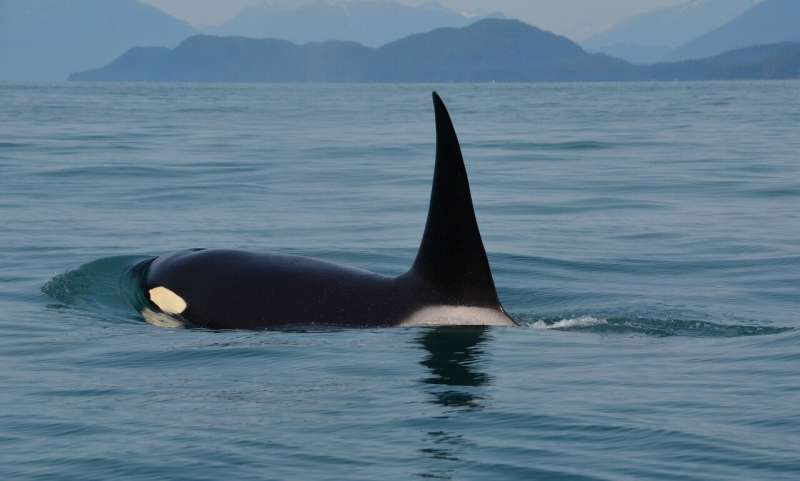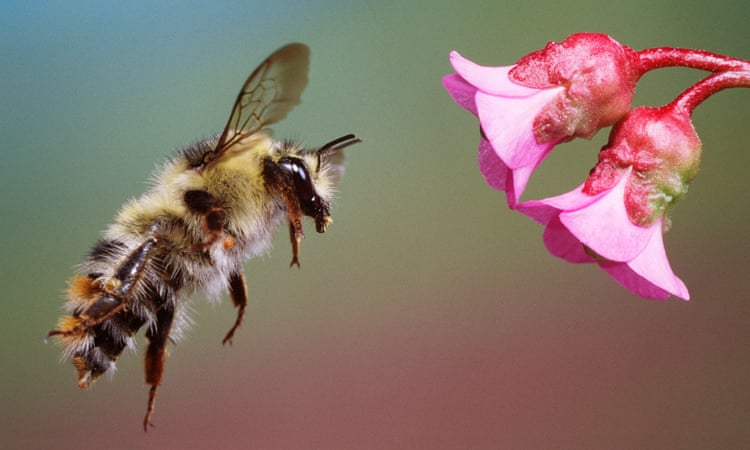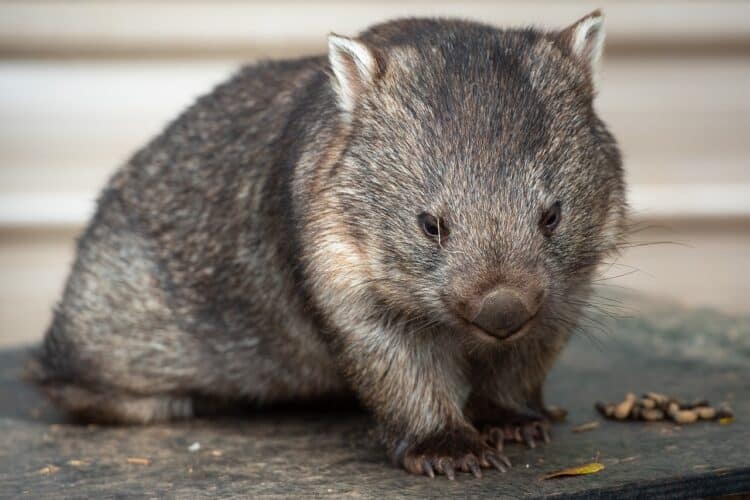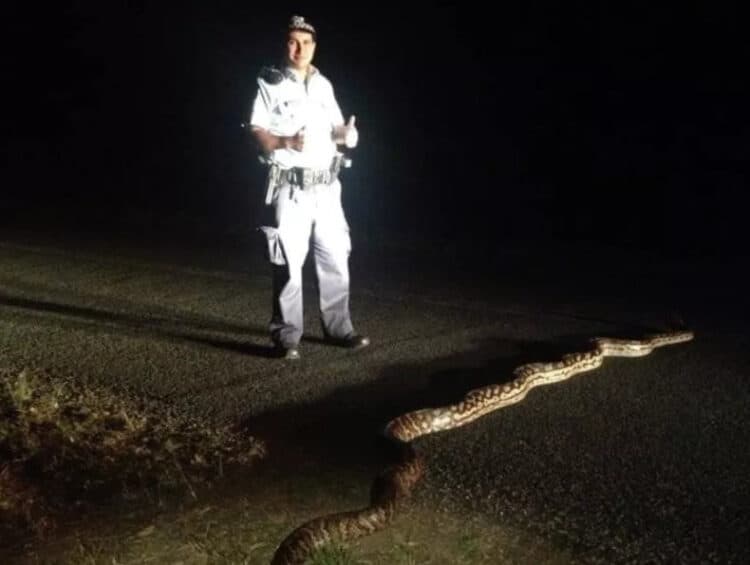Scientists have been warning about a sixth mass extinction, and when it comes to species at risk of disappearing, size is going to matter a lot, according to a new study.
For the study, which was just published in the Proceedings of the National Academy of Sciences, an international team of scientists from the U.S., Australia and Switzerland examined more than 27,000 threatened vertebrate species, including 4,400 who are threatened with extinction.
The team examined species including birds, reptiles, amphibians, bony fishes, cartilaginous fishes and mammals, and found that those with the highest and lowest body mass face the greatest risk of extinction than those in what they dubbed the “Goldilocks zone,” which includes animals who are neither too big, nor too small.

“Knowing how animal body size correlates with the likelihood of a species being threatened provides us with a tool to assess extinction risk for many species we know very little about,” said the study’s lead author, William Ripple, who is a distinguished professor of ecology at Oregon State University.
They also found far different threats for species at risk on each end of the size spectrum. According to the study, many large animals are now mainly threatened by “harvesting,” or being intentionally killed, by humans.
The authors wrote that, “Harvesting of these larger animals takes a variety of forms including regulated and unregulated fishing, hunting and trapping for meat consumption, the use of body parts as medicine and killing due to unintentional by catch.”
On the other end, the smallest animals are being threatened by habitat loss or modification. With limited ranges, their entire world’s can easily be wiped out by our activities, and those who depend on fresh water habitats are particularly at risk.
The authors hope that new conservation approaches will be taken to protect those most at risk. We hear a lot about the plight of large, charismatic species, such as elephants, rhinos and big cats, who have been the focus of major conservation campaigns raising awareness about the threats they face as a result of human population growth, hunting and the illegal wildlife trade, but other large animals are also in serious need of protection, as are the smallest, understudied and lesser known species.
They point to species including Clarke’s banana frog, hog-nosed bat and sapphire-bellied hummingbird on one end, to Atlantic sturgeon, Somali ostrich and Komodo dragon on the other, who have certainly not stolen the conservation spotlight.
As the authors noted in a statement, disproportionate losses at either end of the size scale will ripple through forest, grassland and marine ecosystems, changing “the living architecture of the planet.”
“For the large animals, there is an urgent need to reduce the consumption by humans of harvest sensitive species to lessen the negative impacts of hunting, fishing and trapping,” said Thomas Newsome, co-author and research fellow at Deakin University and the University of Sydney in Australia. “But it’s ultimately slowing the human population growth rate that will be the crucial long-term factor in limiting extinction risks to many species.”
This article was first published by Care2.com on 21 Sep 2017.






Leave a Reply